Attending the workshop “Removing non-tariff barriers for ASEAN common prosperity” organized by the Finance - Investment Newspaper in collaboration with the Embassy of New Zealand on the morning of June 27, representatives of industry associations and enterprises shared their difficulties and obstacles in business activities when facing many requirements from key import markets.
Non-tariff cost burden
Sharing at the workshop, Ms. Le Hang - Deputy General Secretary of the Vietnam Association of Seafood Exporters and Producers (VASEP) said that in the operations of seafood enterprises, many products require fast transportation time, so the shortcomings in overlapping procedures will cause costs for enterprises and affect product reputation.
Non-tariff barriers significantly impact seafood exports to ASEAN markets, with a number of key obstacles identified from various sources. These barriers often relate to regulatory measures, certification requirements and technical standards that complicate market access.
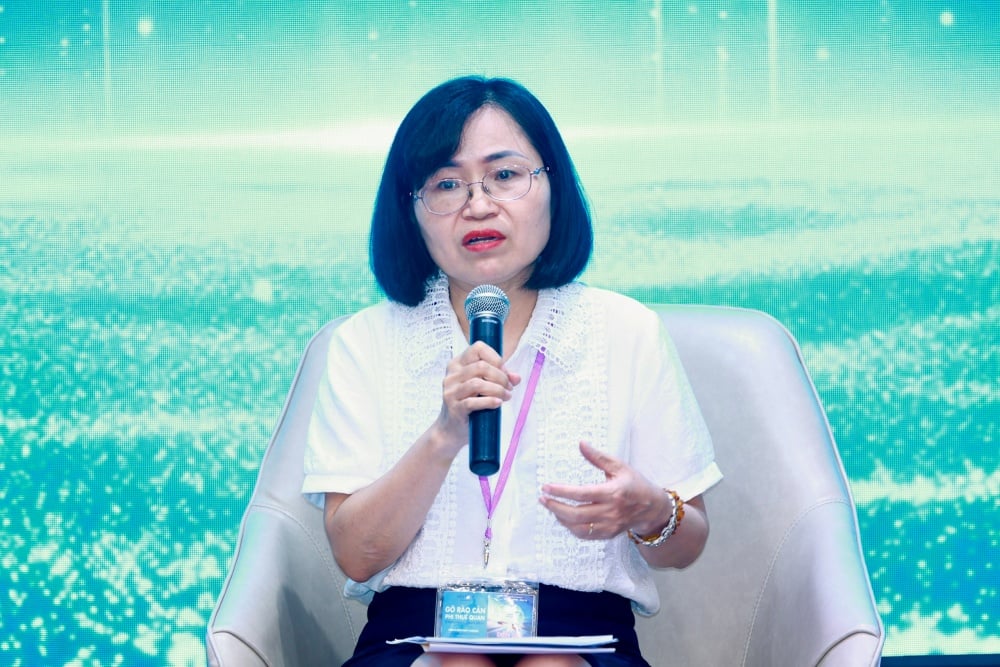 |
| Ms. Le Hang - Deputy General Secretary of the Vietnam Association of Seafood Exporters and Producers (VASEP). Photo: Chi Cuong |
The ASEAN market is very important for seafood exporting enterprises due to its geographical location and compatibility with food needs. However, the Deputy Secretary General of VASEP also said that in some key markets (such as Thailand and Malaysia), there are technical barriers with strict standards for imported products.
For example, some ASEAN countries impose specific labelling requirements, such as detailed product descriptions, nutritional information, country of origin and language requirements (e.g. Bahasa Malaysia in Malaysia or Thai in Thailand). Adapting labels to meet country-specific requirements can cost $5,000-$20,000 per product line, depending on the complexity of the redesign and translation, which can be prohibitive for SMEs.
At the same time, these countries also have other barriers to protect their domestic products, so specific requirements for import licenses, registration of lists of exporters, etc. create barriers, causing difficulties for businesses.
Domestic regulations in ASEAN countries, such as quarantine requirements, labeling standards and Halal certification, have a significant impact on the costs and export times of seafood businesses.
Representing businesses in the logistics industry, Ms. Chu Kieu Lien, Director of T&M Forwarding Company, Hanoi Branch, also expressed sympathy for the common difficulties of businesses today.
Ms. Chu Kieu Lien said that most of the problems in the countries are similar. The system is cumbersome and lacks uniformity, some countries have not applied digitalization to the procedures, making the licensing process difficult, while small and medium enterprises do not have much investment capital.
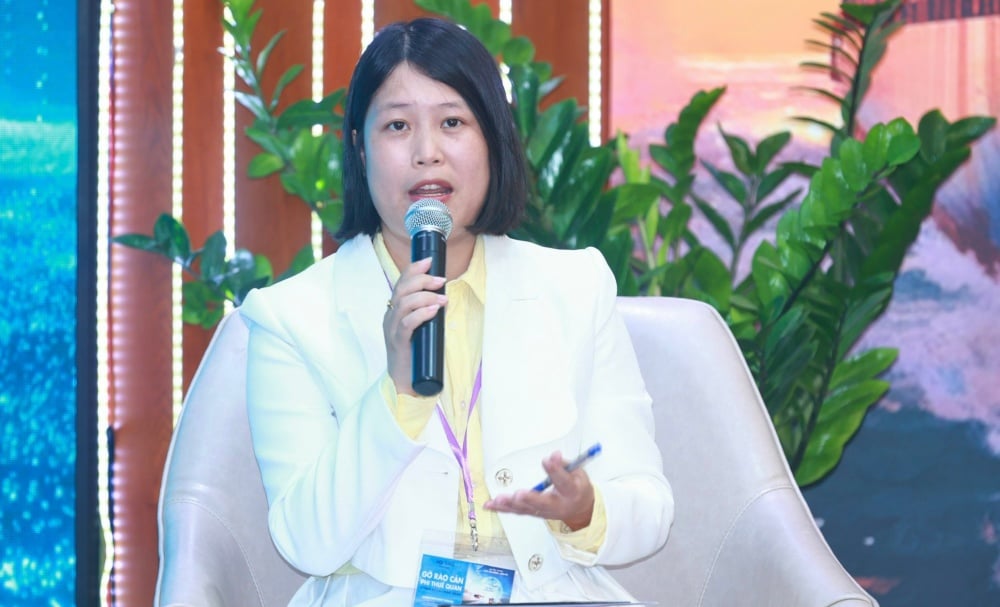 |
| Ms. Chu Kieu Lien, Director of T&M Forwarding Company, Hanoi Branch. Photo: Chi Cuong |
In logistics, shipping and seaport operations, representatives T&M Forwarding Company points out 3 impacts of non-tariff barriers.
First, non-tariff barriers significantly increase operating costs. Quality control and labeling requirements that are complex or inconsistent across markets require businesses to invest more in internal control systems, personnel, and documentation.
Second, supply chains are disrupted by lengthy inspection procedures, from plant and animal quarantine to cargo security requirements at ports or lengthy customs clearance processes in some countries. Delayed cargo release directly affects vessel schedules, port productivity and logistics service reliability.
Third, environmental and greenhouse gas emissions regulations are creating an additional layer of barriers, forcing shipping companies to invest in fleet upgrades, fuel conversions or carbon credits – while not all businesses have the financial or technological capacity to meet them.
Living with the fence
Although each industry and each market is subject to different measures, affecting business costs, Ms. Le Hang - Deputy Secretary General of VASEP said that the current measures that the ASEAN region is applying are inevitable for the market, and businesses need to adapt.
But besides facing, businesses also expect to improve policies and negotiating capacity in many aspects to minimize risks from non-tariff barriers.
Ms. Le Hang gave an example, with Halal certification (a mandatory certification in major markets such as Indonesia and Malaysia), Vietnam still lacks a widely recognized certification agency in ASEAN.
“One of the keywords that VASEP wants to convey to its members and the seafood business community is Proactive and Adaptive. To be more recognized, the business community must be proactive in the face of market fluctuations, fluctuations in regulations, supply and demand, thereby changing market strategies in a timely manner, updating and improving capacity, proactively applying science and technology to innovate in the production chain, creating products suitable for different segments, of different markets”, emphasized the Deputy Secretary General of VASEP.
On the side of the Vietnam Timber and Forest Products Association, Mr. Ngo Sy Hoai - Vice President and General Secretary of the Association said that Vietnam ranks second in processing and exporting wood products, only after China, and this is the time for businesses to look back at the intra-ASEAN market. In the face of rising protectionism, when ASEAN countries work together to coordinate and harmonize some policies, we can increase intra-regional trade in other products.
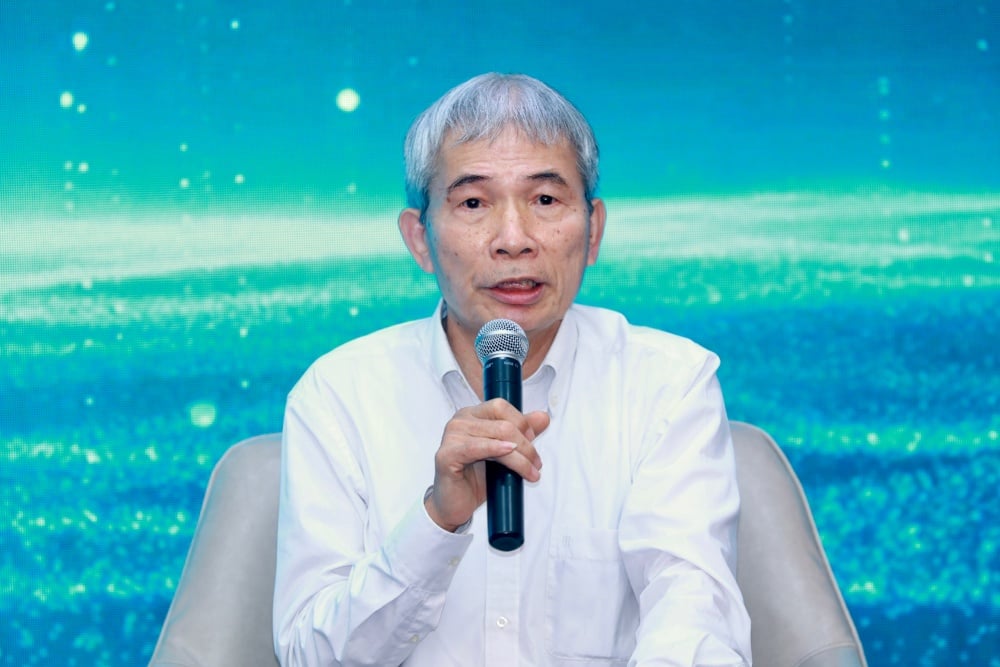 |
| Mr. Ngo Sy Hoai - Vice President, General Secretary of Vietnam Timber and Forest Products Association. Photo: Chi Cuong |
Mr. Ngo Sy Hoai said that wood is a bulky product with very high transportation costs. If we can take advantage of transportation costs and better logistics processes, we will be able to gain advantages in exchanging goods in the intra-bloc market. Currently, associations mainly strengthen bilateral relations such as the Indonesia - Vietnam - Malaysia Timber Association, but in the wood industry, there is currently no common association in the ASEAN region, and the same is true for other industries.
The Vice President of the Vietnam Timber and Forest Products Association believes that if businesses stand together and increase policy support, and ASEAN countries sit together, the burden of non-tariff barriers will be significantly lightened.
Source: https://baodautu.vn/tang-cuong-suc-manh-noi-khoi-doanh-nghiep-tim-duong-go-rao-can-phi-thue-quan-d315222.html



![[Photo] Lao President Thongloun Sisoulith and President of the Cambodian People's Party and President of the Cambodian Senate Hun Sen visit the 95th Anniversary Exhibition of the Party Flag Lighting the Way](https://vphoto.vietnam.vn/thumb/1200x675/vietnam/resource/IMAGE/2025/9/2/3c1a640aa3c3495db1654d937d1471c8)
![[Photo] National Assembly Chairman Tran Thanh Man meets with First Secretary and President of Cuba Miguel Diaz-Canel Bermudez](https://vphoto.vietnam.vn/thumb/1200x675/vietnam/resource/IMAGE/2025/9/2/c6a0120a426e415b897096f1112fac5a)
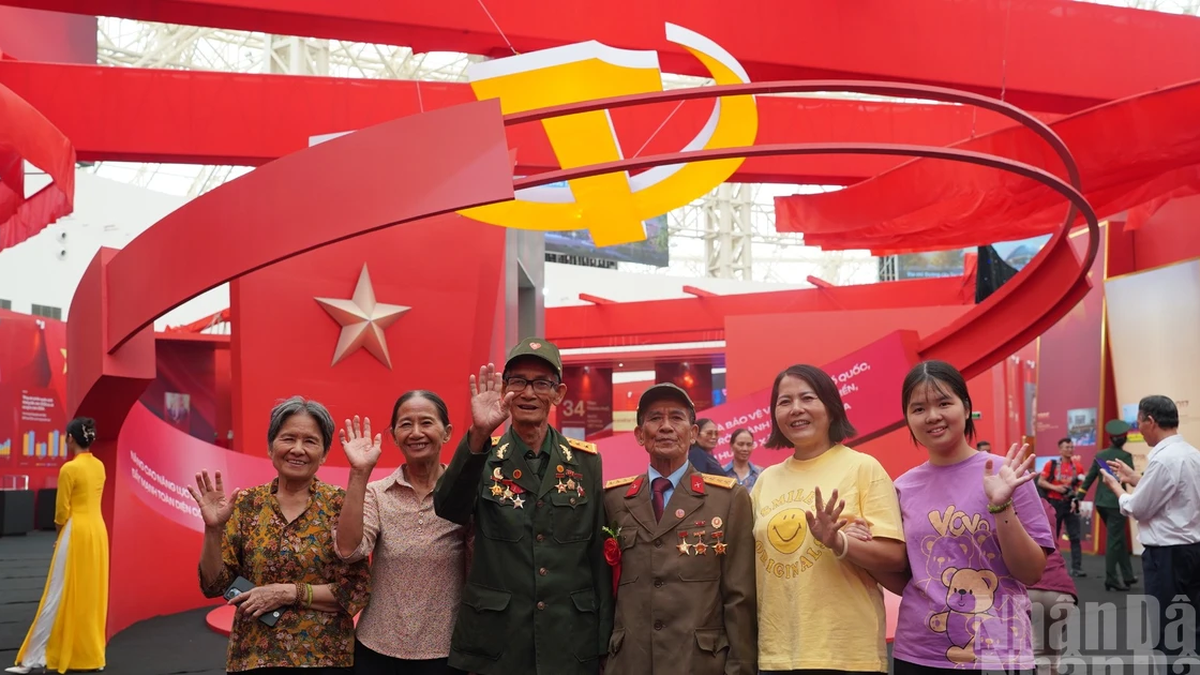

![[Photo] Ho Chi Minh City residents show their affection to celebrate the 80th anniversary of the August Revolution and National Day September 2](https://vphoto.vietnam.vn/thumb/1200x675/vietnam/resource/IMAGE/2025/9/3/55d860cbb63a40808e1e74ad9289b132)
![[Photo] Special art program "Da Nang - Connecting the future"](https://vphoto.vietnam.vn/thumb/1200x675/vietnam/resource/IMAGE/2025/9/2/efdd7e7142fd45fabc2b751d238f2f08)
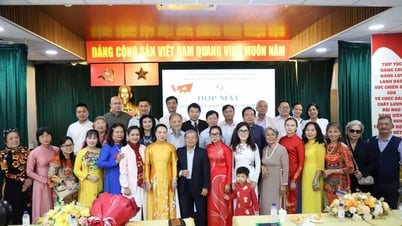

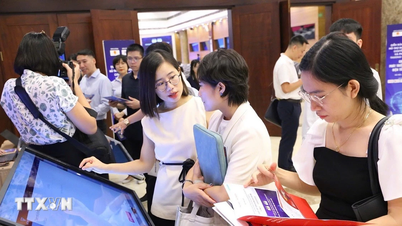



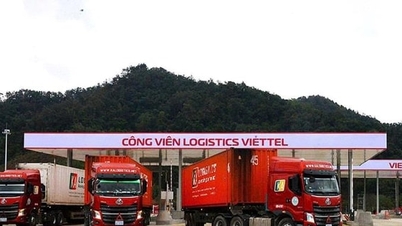

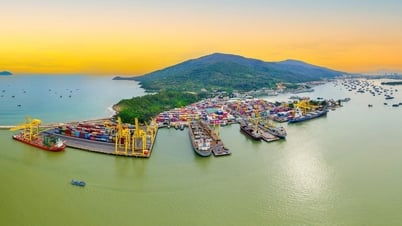



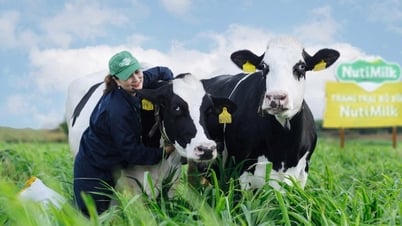

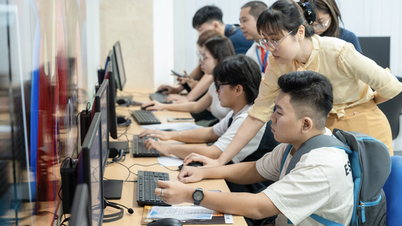


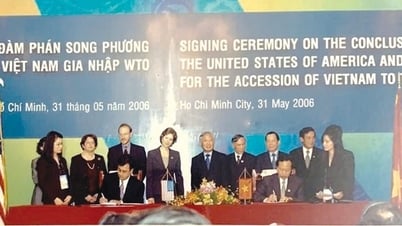


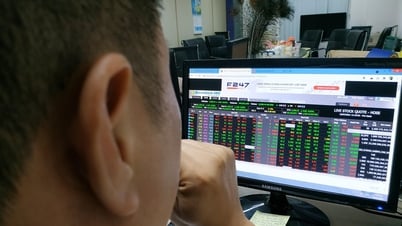

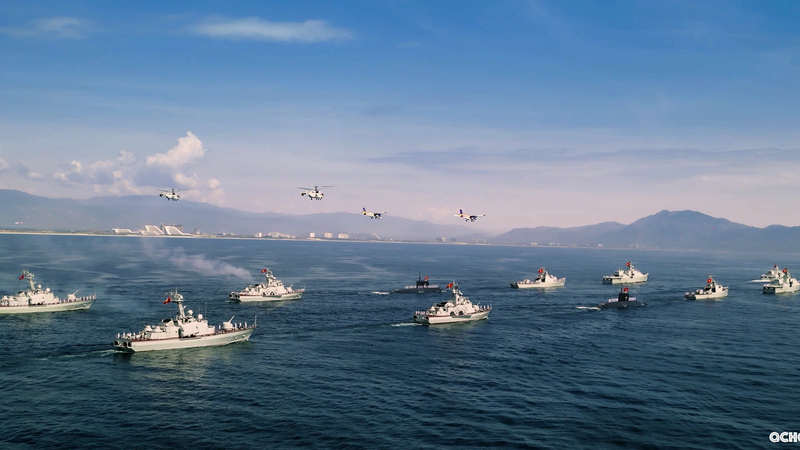
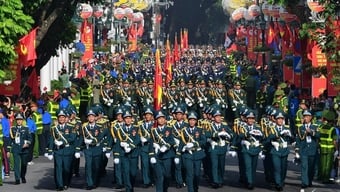


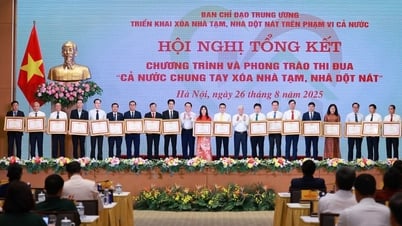
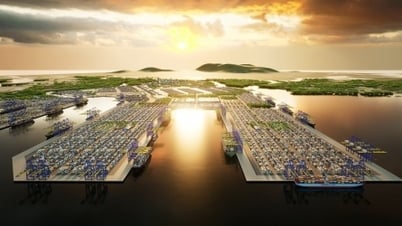
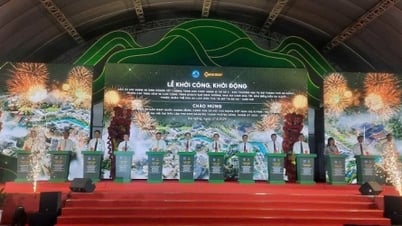
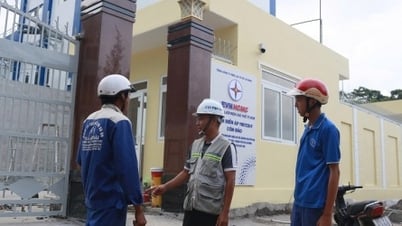

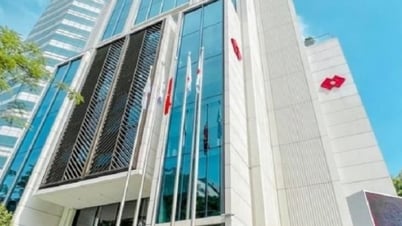
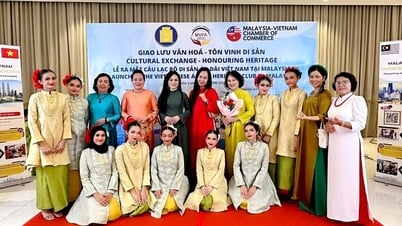

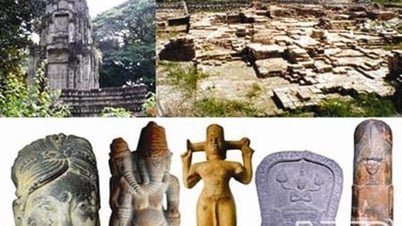

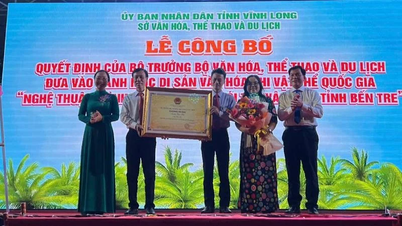



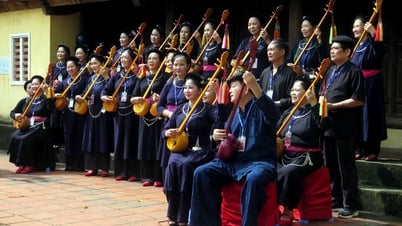

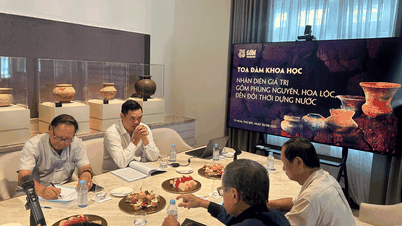
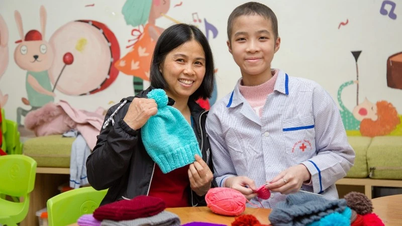






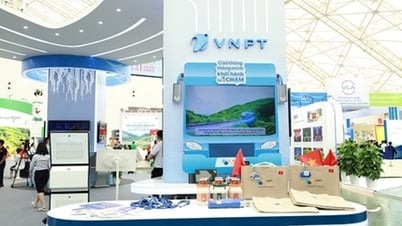

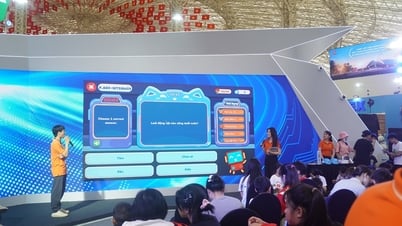

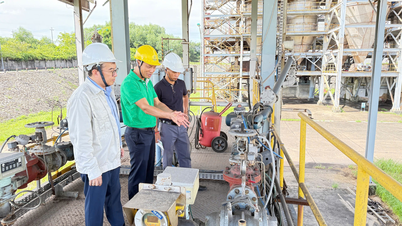


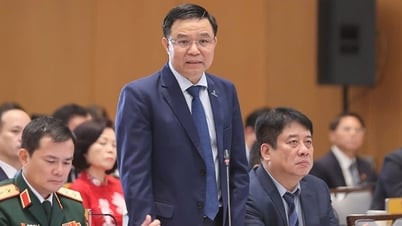
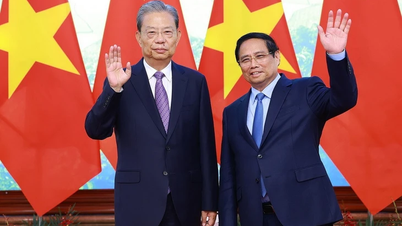
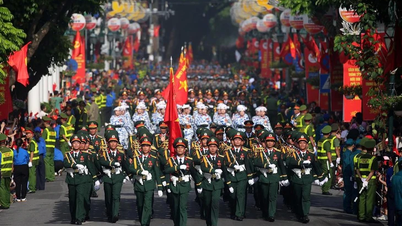

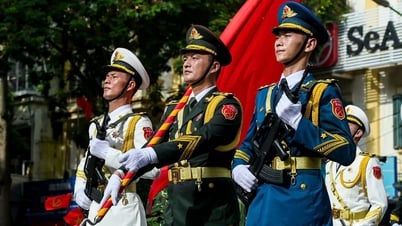





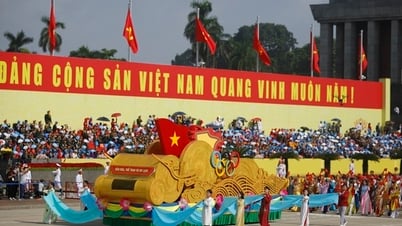

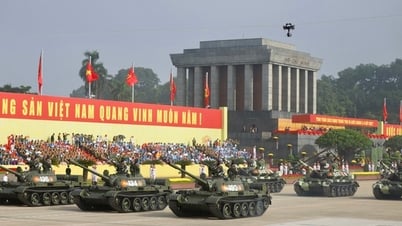
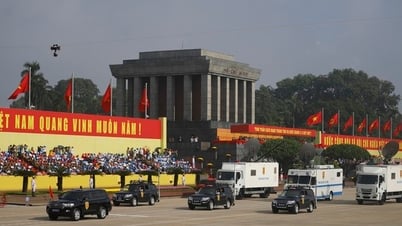




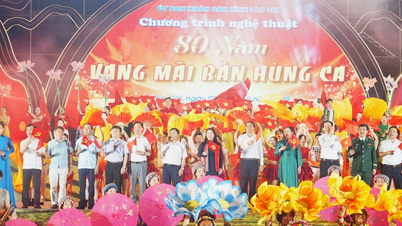
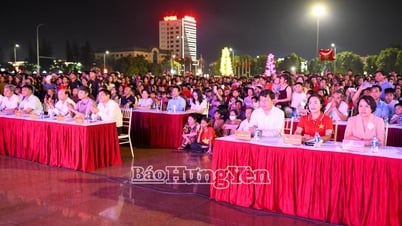







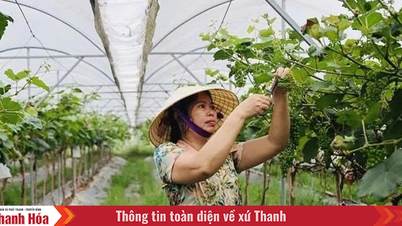

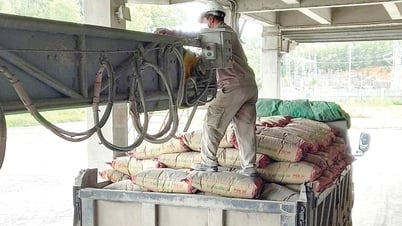

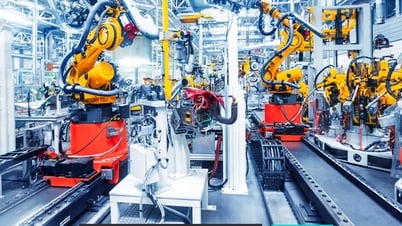

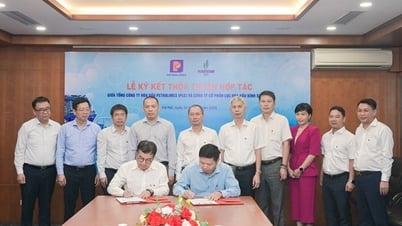
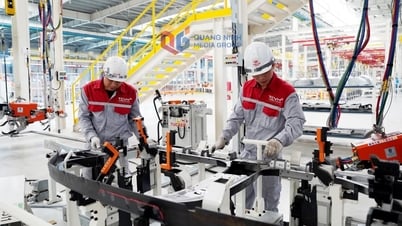

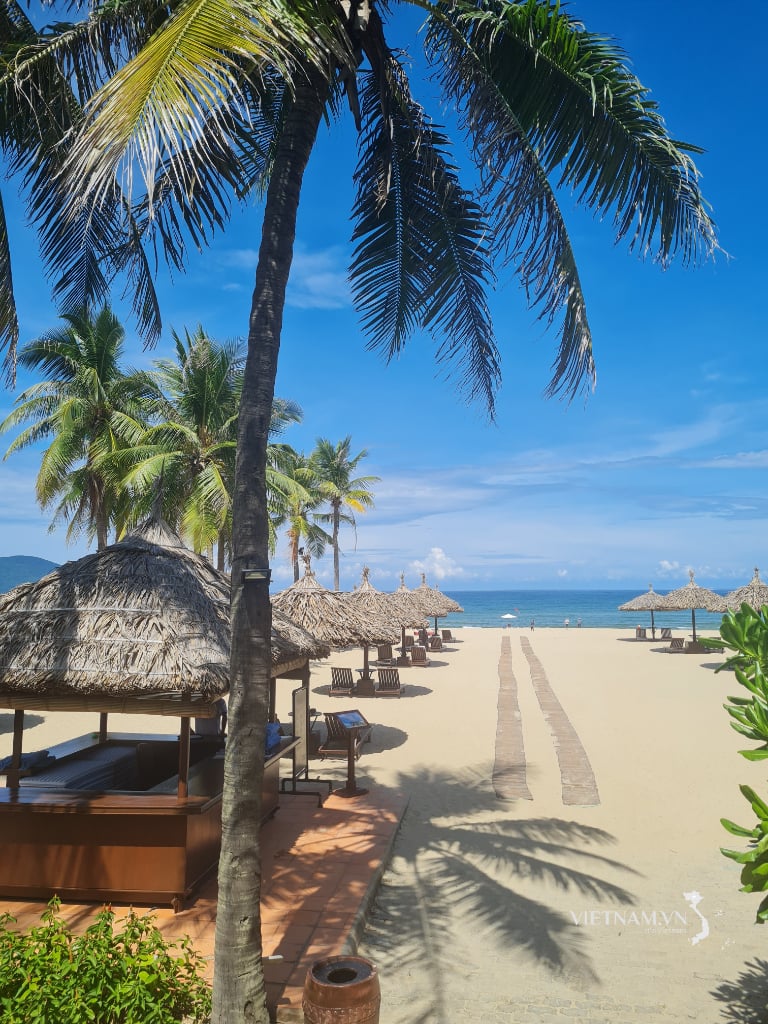



Comment (0)